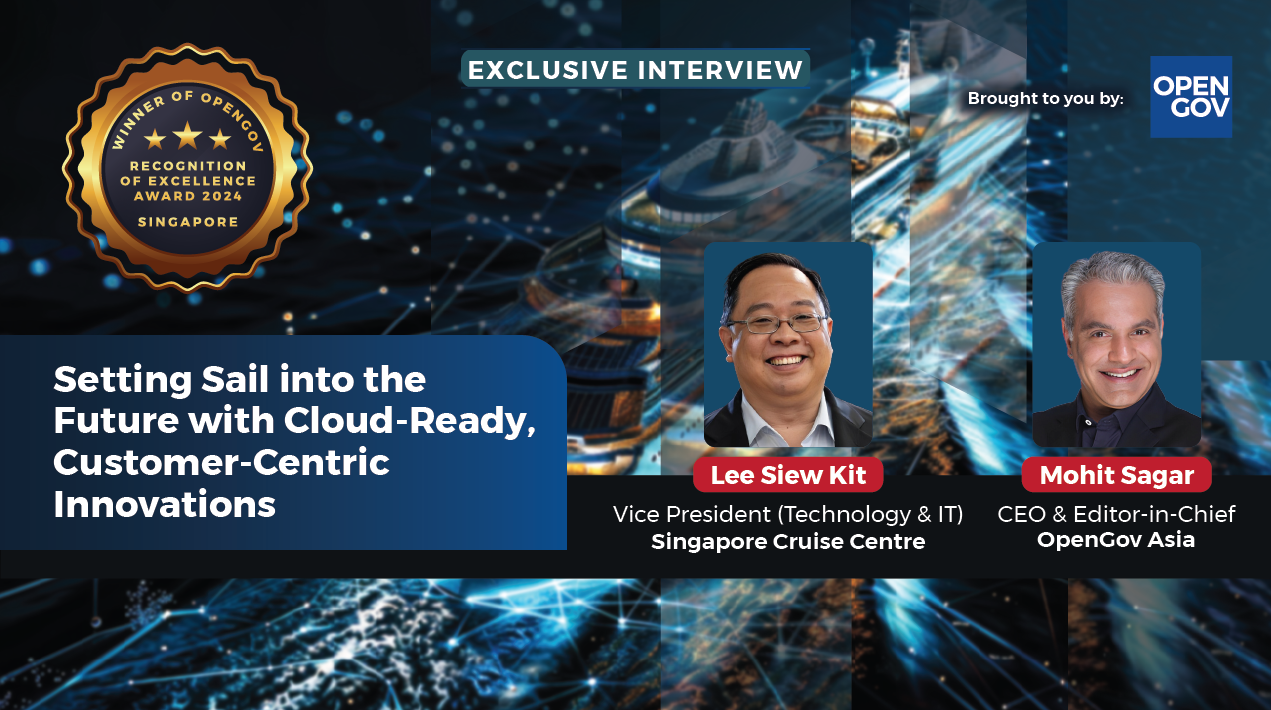
Singapore-based researchers have discovered a possible solution to impede the evolution of bacteria into superbugs that are resistant to drugs and therefore harder to kill. Building on a decade’s work on antimicrobial technologies, the multidisciplinary team from Institute of Bioengineering and Nanotechnology (IBN) and NanoBio Lab (NBL) of the Agency for Science, Technology and Research (A*STAR) engineered new imidazolium molecules with pH-sensitive linkers that can eliminate bacteria effectively and prevent them from developing drug resistance.
Co-led by Dr. Zhang and Prof. Ying, the researchers are currently focused on advancing their technology towards commercialization as a novel antimicrobial agent or additive. This work is a collaboration between A*STAR’s IBN and NBL, leveraging their mutual expertise in nanotechnology and biomaterials.
Superbugs that are resistant to drugs and harder to kill pose serious global threat
Antimicrobial resistance poses a major global public health threat, and is predicted to cause an additional 10 million deaths each year by 2050. The cost of treating antibiotic-resistant infections is estimated to range between USD 150 million and USD 30 billion annually due to longer hospitalization and higher morbidity. The increasing number of reported bacterial infections caused by superbugs in recent years is a worrying trend that underscores the urgent need to find a way to prevent bacteria from developing antibiotic resistance.
“We want to offer a green and safe solution for the prevention and treatment of infections. Since we discovered the excellent bacteria-killing properties of poly-imidazoliums, we have been modifying this naturally occurring imidazolium compound to optimize its antimicrobial capability.
We are delighted that our new materials can kill a wide range of bacteria and prevent them from developing drug resistance” Dr. Yugen Zhang, Group Leader at A*STAR’s IBN said.
A safer, more eco-friendly solution which minimises antibiotic resistance development
A major culprit in the rise of superbugs is the overuse of antibiotics in healthcare and agriculture. The antibiotic compounds persist in the environment and create evolutionary pressure for bacteria populations to develop resistance against them. To tackle this problem, the researchers developed novel antimicrobial agents that do not leave active residues after treatment. The new imidazolium molecules with degradable linkers self-destruct under natural conditions, leaving behind less effective residue that minimizes the risk of secondary contamination and antibiotic resistance development.
Said Prof. Jackie Y. Ying, A*STAR Senior Fellow and head of NBL, “Our new materials can be used for topical wound treatment as they accelerate bacteria clearance and wound healing when applied on the skin. They can also be used in agriculture and aquaculture to provide eco-friendly and non-toxic solutions for these industries, and produce safer antibiotic-free food.”
















